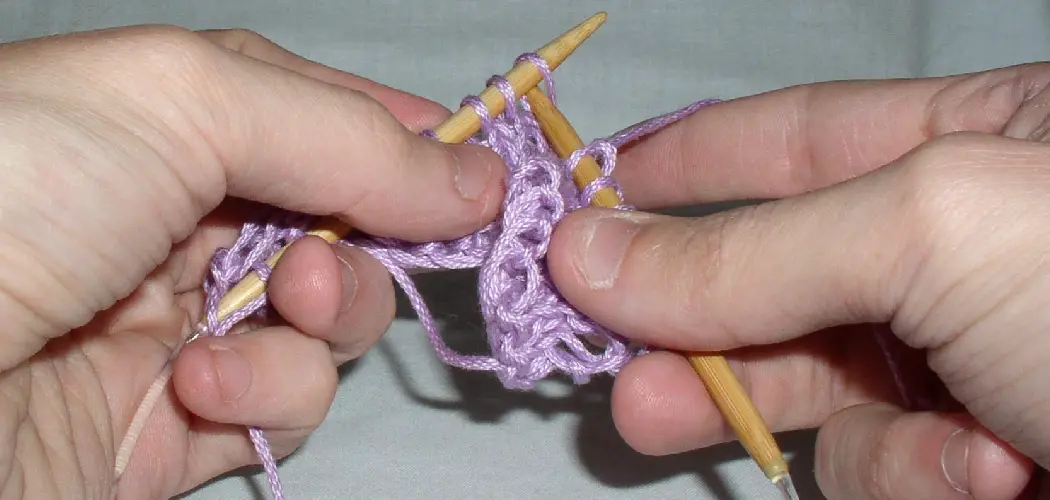Have you ever started a crochet project only to notice little holes forming along the sides or bottom? You’re not alone! Working with holes is one of the most common challenges for crocheters of all levels. As satisfying as it can be to finish an intricate stitch pattern, nothing is more frustrating than admiring your work only to spot several unattractive holes.

In this blog post on how to crochet with holes, I’ll walk through seven simple techniques you can use to eliminate holes as you crochet. Whether you’re a beginner learning to read patterns or an experienced crocheter seeking to up your game, these foolproof methods will have you waving goodbye to gaps and producing beautifully even work you can feel proud to gift or keep for yourself. Let’s get started learning how to crochet without holes!
Reasons for Holes in Crochet
Before we dive into solutions, it’s important to understand why holes occur in crochet. There are a few common reasons you may notice gaps forming in your work:
Insufficient Tension:
Tension refers to how tightly or loosely you hold the yarn as you crochet. If your tension is too loose and inconsistent, it can result in holes. This often happens to beginners who are still learning how to control their tension.
Skipping Stitches:
Another common cause of holes is accidentally skipping stitches. This can happen when you’re not carefully counting each stitch or if your pattern has instructions for skipping stitches in certain rows.
Increasing Too Quickly:
When working on projects that require increasing, it’s important to space out your increases evenly. If you increase too quickly in one area, it can create holes in the fabric.
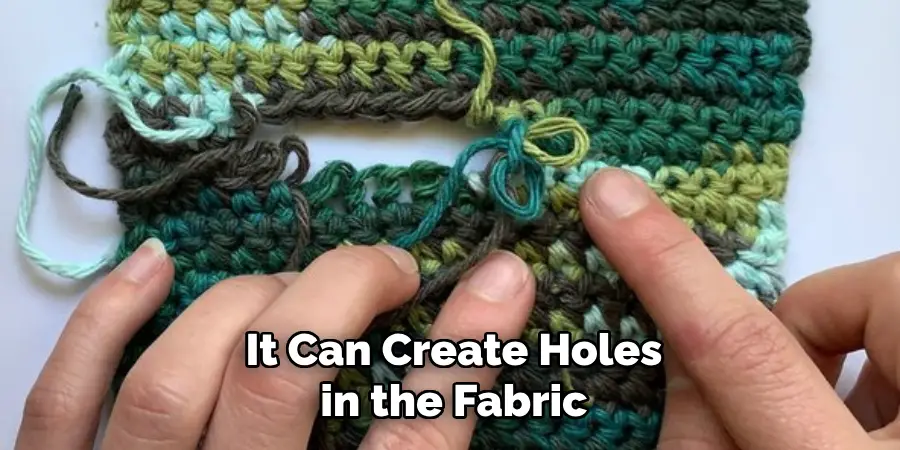
Now that we know some of the reasons for holes, let’s explore how to fix them and crochet without holes!
Needed Materials
Before we begin, you’ll need a few materials to practice these techniques:
- Yarn of Your Choice (Preferably in a Light Color So It’s Easier to See)
- Crochet Hook Appropriate for the Yarn Weight
- Scissors
- Stitch Markers (Optional)
- Tapestry Needle (Optional)
11 Step-by-step Guidelines on How to Crochet With Holes
Step 1: Use a Smaller Hook
If you’re consistently noticing holes in your crochet work, try using a smaller hook. This will help tighten up your stitches and prevent gaps from forming. You may need to experiment with different hook sizes for each project until you find the right one for your tension. But remember, don’t crochet too tightly, as this can also lead to holes.
Step 2: Practice Consistent Tension
As mentioned earlier, tension plays a huge role in preventing holes. Make an effort to keep your tension consistent as you crochet. This takes practice, but with time and patience, you’ll develop a better feel for your tension and produce more even stitches. Although it’s easier said than done, try not to stress or hold the yarn too tightly as you work.
Step 3: Count Your Stitches
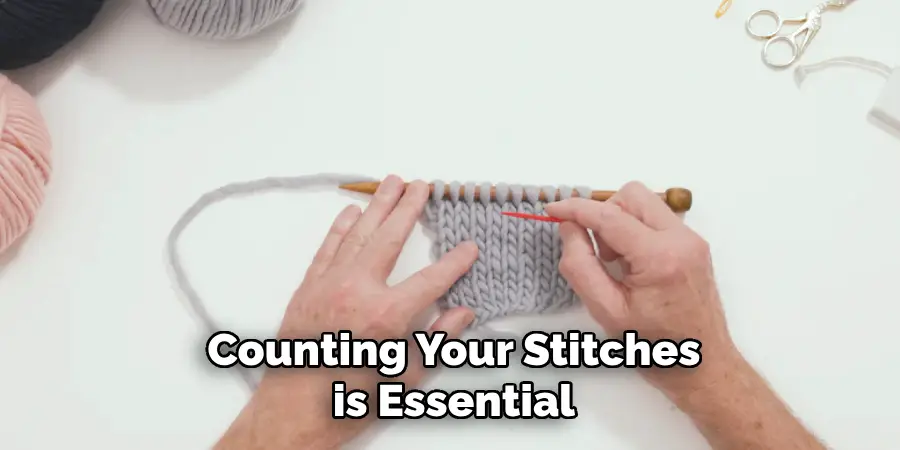
It may seem tedious, but counting your stitches is essential for preventing holes. Before moving on to the next row, take a moment to double-check that you’ve completed the required number of stitches in the previous row. This will ensure that you haven’t skipped any stitches and will help maintain the overall shape of your project.
If you’re new to crochet, using a stitch marker can be helpful for keeping track of your stitches.
Step 4: Use Stitch Markers
Stitch markers are handy tools for keeping track of specific stitches in a pattern. They can help you identify where to begin your next row, indicate increases or decreases, and overall make it easier to follow a pattern without missing any stitches. This can significantly reduce the chances of creating holes in your work.
Step 5: Keep an Eye on Increases
Be mindful of how often you’re increasing when working on projects that require shaping. If you find yourself making increases too quickly or in one area, it can lead to holes. Make sure to space out your increases evenly and follow the pattern instructions carefully. Otherwise, your project may end up with bumps or gaps.
Step 6: Block Your Work
Blocking is a process of washing or steaming your crochet project to help shape and smooth out any uneven stitches or holes. This can be especially useful for projects made with yarns that have a lot of drape, such as cotton or bamboo.
Blocking helps the stitches relax and settle into their intended shape, producing a more polished finished product. If you’re not sure how to block your project, there are plenty of tutorials online or consult with a more experienced crocheter for guidance.
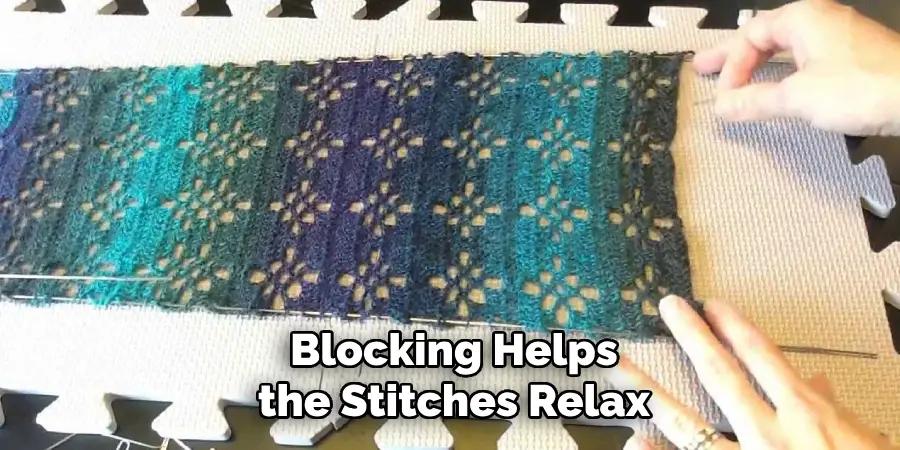
Step 7: Use Crochet Techniques to Fill Holes
If you end up with small gaps in your work, don’t fret! There are a few crochet techniques you can use to fill the holes and make them less noticeable. For example, you can create a single crochet loop or surface slip stitch over the hole to close it up. You can also try weaving in yarn tails from different parts of your project to cover the holes.
This takes a bit of practice, but it’s worth trying if you’re determined to have a smooth and hole-free finished piece.
Step 8: Experiment with Stitch Patterns
Some crochet stitches are more prone to producing holes than others. If you’re continuously struggling with gaps in your work, try experimenting with different stitch patterns until you find one that works best for you. For example, post stitches can create a tighter fabric and reduce the chances of forming holes. You can also try using a smaller hook with complex stitch patterns to create tighter stitches.
Step 9: Use a Solid Color Yarn
Working with variegate or multicolored yarn can make it more challenging to spot and fix holes in your work. Using a solid color yarn can help you see your stitches better, making it easier to catch mistakes before they become too significant. But don’t worry if you prefer colorful yarn, just take your time and be extra mindful while crocheting. You can also use stitch markers as a visual guide for each row.
Step 10: Add Extra Stitches
If you’re already using a small hook and consistent tension, but still end up with gaps in your work, try adding a few extra stitches to your project. This may slightly alter the pattern but will help prevent holes from forming. Just make sure not to add too many stitches, which can cause your project to become lumpy. You can also try decreasing stitches gradually in the same way to fix holes.

Step 11: Don’t Get Discouraged
Lastly, don’t get discouraged if you still notice holes in your work. Crocheting is a learning process, and even experienced crocheters make mistakes. With practice and patience, you’ll become more confident in your skills and produce beautiful projects without any holes. Remember to take breaks if you feel frustrated and don’t be afraid to ask for help from fellow crocheters or online communities.
Following these guidelines on how to crochet with holes and being mindful of tension, stitch counts, and increases will help you crochet with fewer holes. Keep practicing, and soon you’ll be able to create seamless projects without any gaps or bumps. Happy crocheting!
Do You Need to Use Professionals Help?
If you’re still struggling with creating holes in your crochet work, don’t hesitate to seek help from a professional. They can provide personalized tips and techniques to improve your crocheting skills and prevent holes in the future. You can also consider taking classes or joining a local crochet group to learn from experienced crocheters and receive guidance on troubleshooting common issues like holes.
Don’t be afraid to ask for help and continue practicing, and you’ll soon become a pro at crocheting without holes. So keep on hooking up and enjoy creating beautiful projects! Happy crocheting!
How Much Could It Cost?
The cost of seeking professional help for crocheting with holes may vary depending on various factors such as location, experience level of the instructor, and duration of the class. It is recommended to research and compare prices before committing to a particular option. Additionally, attending workshops or joining crochet groups may also involve a membership fee or materials cost.
However, investing in improving your skills can save you time and frustration in the long run, making it well worth the cost. Remember, with practice and guidance, you can become a skilled crochet artist without any holes in your work. So don’t let potential costs discourage you from seeking help if needed! Happy crocheting!
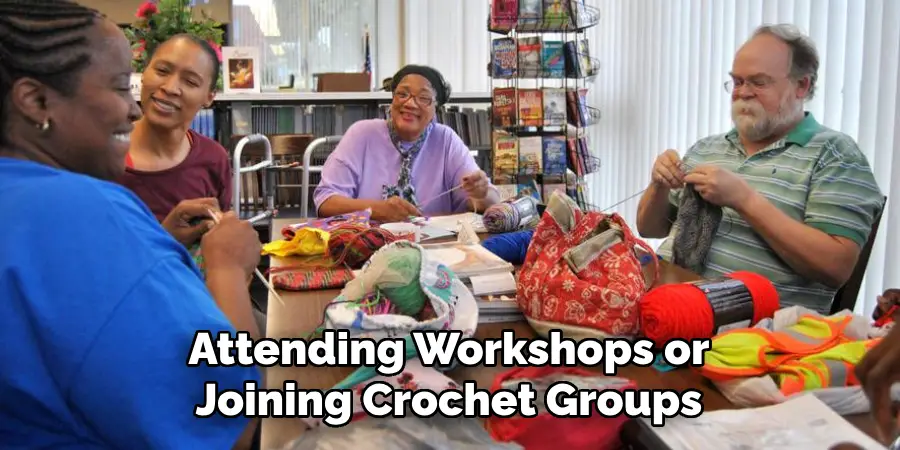
Frequently Asked Questions
Q1. Why Do Holes Appear in My Crochet Work?
A1. Holes can appear due to various reasons, including incorrect tension, skipped stitches, uneven increases or decreases, and using the wrong hook size for your tension.
Q2. What Can I Do to Prevent Holes in My Crochet Work?
A2. To prevent holes in your crochet work, you can try using a smaller hook, practice consistent tension, count your stitches, use stitch markers, block your work, experiment with stitch patterns, and use solid color yarn. You can also add extra stitches or decrease gradually to fill holes if they still occur.
Q3. Can I Fix Holes in My Crochet Work?
A3. Yes, you can fix holes in your crochet work by using various techniques such as creating single crochet loops or surface slip stitches over the hole, weaving in yarn tails adding extra stitches, or decreasing gradually. You can also try blocking your work to smooth out uneven stitches and fill in gaps.
Q4. How Can I Improve My Crocheting Skills?
A4. Improving your crocheting skills takes time and patience, so don’t get discouraged if you make mistakes. Make sure to practice consistently, experiment with different stitch patterns, and seek help from fellow crocheters or online communities if needed.
With practice, you’ll become more confident in your skills and produce projects without any holes. Overall, remember to have fun and enjoy the process of creating beautiful crochet pieces!
Conclusion
In conclusion on how to crochet with holes, crocheting with holes can be a fun and versatile technique to add to your repertoire. By using different stitches and techniques, you can create unique and eye-catching designs that are sure to impress. Remember to take your time while crocheting and don’t be afraid to experiment with different patterns and materials.
Use the tips and tricks mentioned in this blog post to master the art of creating holes in your crochet projects. Whether you’re a beginner or an experienced crafter, crocheting with holes is a great way to add texture, dimension, and interest to any project! So why not grab some yarn and a crochet hook, and start incorporating holes into your next project? Who knows, you may even discover a new favorite stitch or design element.
The possibilities are endless when it comes to crochet, so have fun with it and never stop learning! Trust me, once you start mastering the art of crocheting with holes, you’ll become addicted to the endless creative possibilities it provides. So go forth fellow crocheters, embrace the beauty of holes within your work! Happy stitching!
Expertise:
Crafting expert with a focus on innovative techniques and diverse materials.
Specialization:
- Textile arts (weaving, embroidery, and fabric dyeing)
- Woodworking and furniture design
- Mixed media and upcycling projects
Recognition:
- Featured in local art exhibits showcasing innovative craft projects
- Collaborated with community organizations to promote crafting workshops
- Received accolades for contributions to sustainable crafting initiatives
Mission:
- To inspire and empower crafters of all levels to discover their creative potential
- Encourages experimentation and self-expression through hands-on projects

